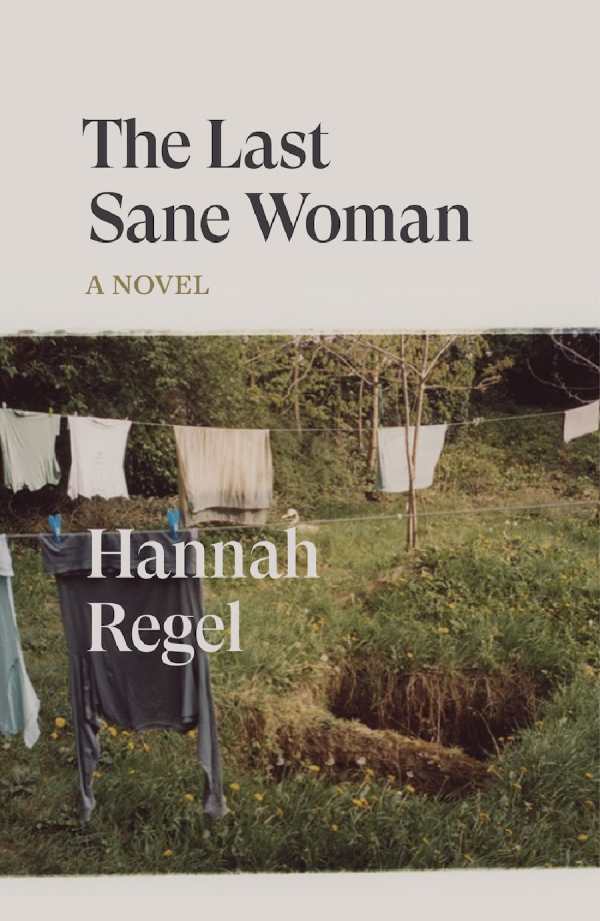The Last Sane Woman
In Hannah Regel’s novel The Last Sane Woman, two frustrated artists, separated by decades, make their ways in the world.
Nicola’s artistic ambitions are drained by her day job and self-doubt. She becomes a ghost in her own life, unable to make an impact on the world or to receive comfort or guidance from others. In search of connection and understanding, she delves into a local archive and starts reading letters written by a potter, Donna, who died by suicide.
Within these letters, Nicola finds a witty yet unsettled companion into whom she can pour her own troubles, like water into a clay pot. The potter’s letters become her one true joy—her only way of establishing a real, human connection.
The original recipient of the letters, Susan, is depicted as stable and sensible, but she’s also a woman with her own struggles, including the decision to donate her letters to the archive in the first place. Her memories of Donna’s life and death haunt her still, even after she finds contentment. In time, Nicola realizes that to find her own place in the world, she also has to learn to exist independent of what buoys her while tethering her in place.
The novel plays with concepts of memory and subjectivity. Only Donna’s half of her correspondence with Susan still exists, and Susan and Nicola will never know how right and how wrong they are in their assumptions about Donna or each other. Still, both women care about Donna—and can still learn and benefit from what she left behind.
The Last Sane Woman is an unconventional novel about the struggles that women face when searching for happiness.
Reviewed by
Eileen Gonzalez
Disclosure: This article is not an endorsement, but a review. The publisher of this book provided free copies of the book to have their book reviewed by a professional reviewer. No fee was paid by the publisher for this review. Foreword Reviews only recommends books that we love. Foreword Magazine, Inc. is disclosing this in accordance with the Federal Trade Commission’s 16 CFR, Part 255.

